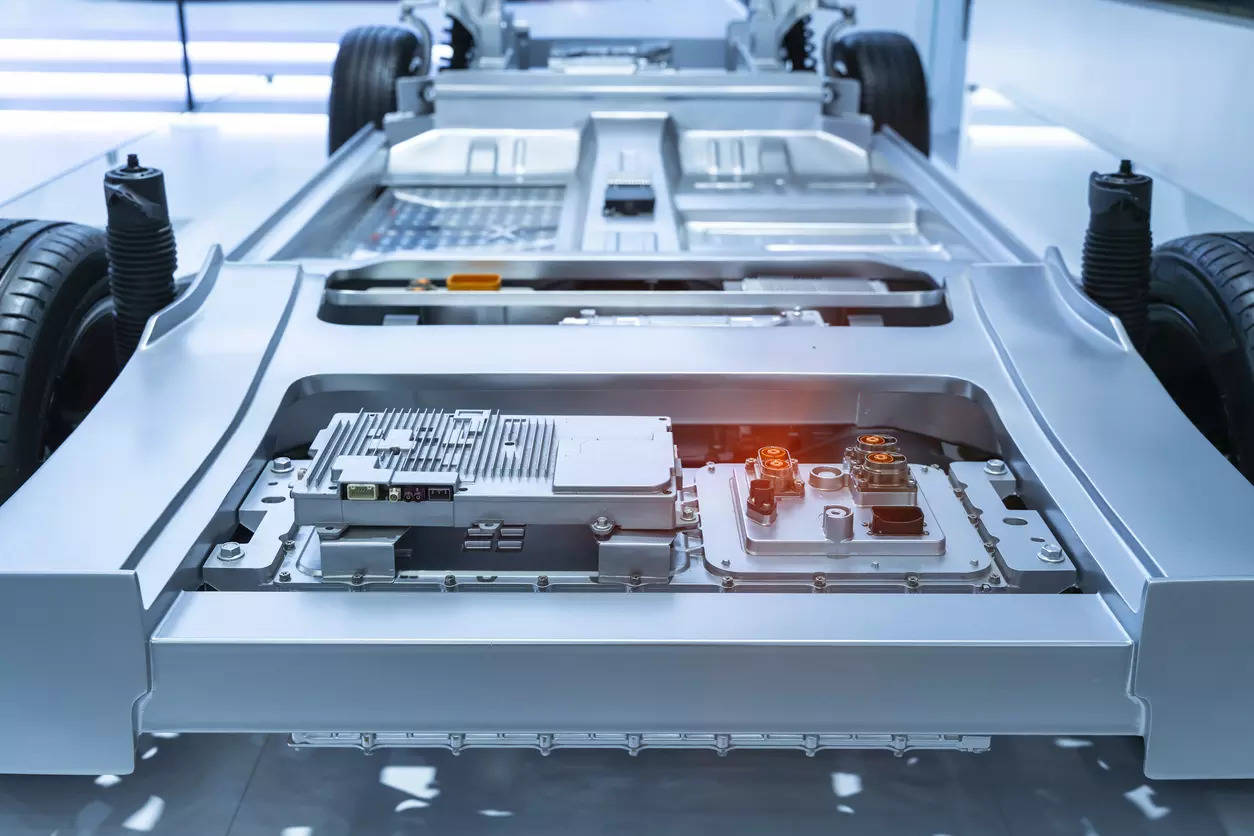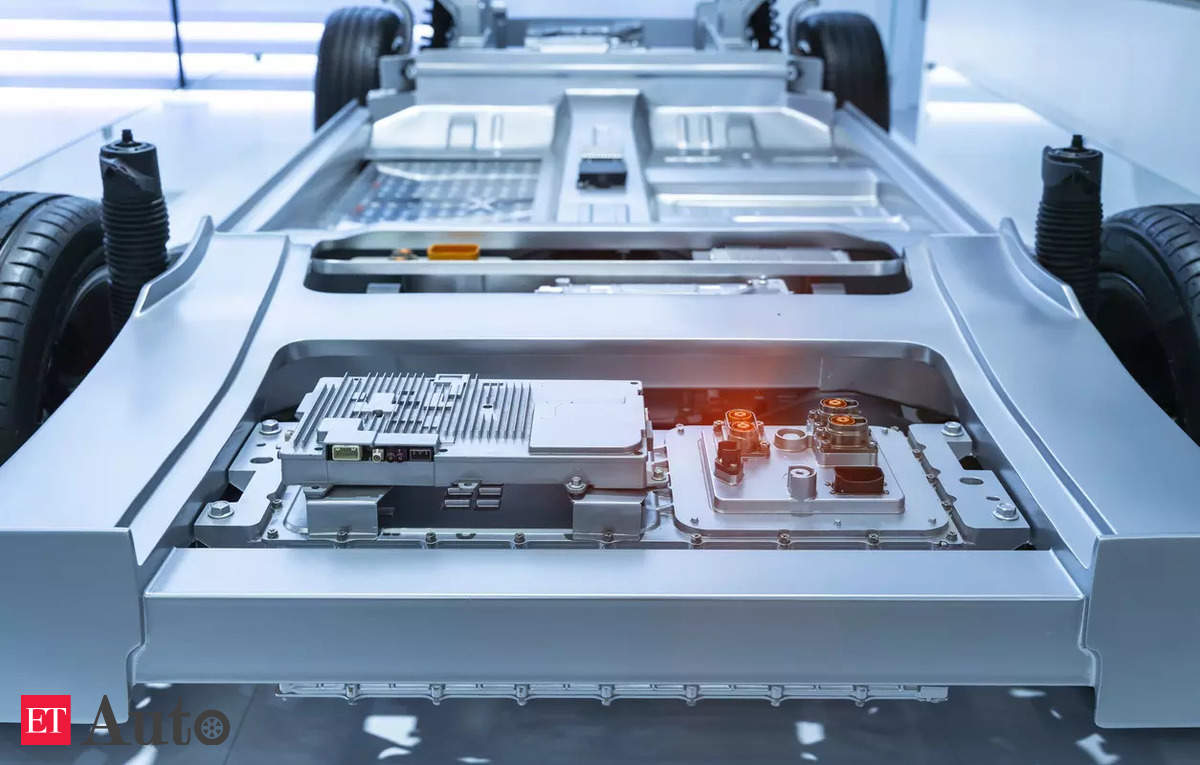
The electric vehicle (EV) technology is expected to lead the world to a more sustainable environment with reduced carbon footprint and lower landfill. We also expect to hand over a greener, safer and sustainable Mother Earth to the Alpha and Beta generation and beyond. This is only possible, from a transportation and mobility perspective, with a sustainable EV powertrains.
Sustainable powertrains tend to be of optimal size, long lasting, and with right performance. Table 1 gives a brief outline specification of a sustainable powertrain.
Table 1
Design of powertrain for (esp. last mile mobility) will have to consider present and future state (Table .2) to start with, and extend to End of life (EOL) of vehicles. For example the present average speed (km/h) of city vehicles are between 10 and70 kmph, which would eventually reduce to 10 and 50 Kmph, with tech-enabled policing and congestion and discipline.
Table 2
Optimization
A sustainable powertrain requires a considerable amount of optimisation in driving range (Km/charge or Wh/km) charging (kW/hr), cost of powertrain (INR/kw) and cost of battery pack (INR/kwh).
EV should be sustainable to accelerate the zero emission landscape and to reduce the crude oil import bill of India. The future state (Table 2) would help us optimise the powertrain with more certainty as the operating conditions become more predictable. Basic optimization should happen based on the drive torque requirement at wheels (should be understood from vehicle traction diagram), drive cycle average payload and occasionally overloaded vehicle. This is greatly impacted by the noise parameter traffic conditions.
Optimization is termed to be design development and functioning of a system insensitive to its noise parameter. Before we get to the details of how to optimise, it’s important to know quick system basics. A motor, gearbox, controller and battery pack consist of a deterministic system (part of a full vehicular system) with the product variation as understood during the component design. Optimal system functioning is impacted by the ambient conditions, road load cycles and driving pattern.
How to optimise?
Motor, gearbox and controller optimization starts with a torque record to drive the vehicle at a given instance. One should understand transient operating conditions and keep the motor updating conditions towards its maximum efficiency zone (synonymous to BSFC eye point on IC engine)
In conjunction with a motor it is imperative to understand the gear ratio required to keep the motor operating speed load. Hence current consumption will be at the predictable best efficiency zone. Inverter/controller plays an important role in switching the motor from operating at demand torque and zone. Controller electronics and efficiency of the heat dissipation defines the controller efficiency and reliability.
Battery pack SoC (state of charge) and Motor current rate of demand defines the discharge characteristics, a deal maker for driving range. An eye for details H well understood that the battery chemistry discharge characteristics at different “C” ratings do matter. It’s highly important to have a complete understanding of the battery energy density / power density (w/kg) as to support the current required by the motor through the controller. Volumetric density (wh/l) also is a metric to be kept in mind based on the application.
To optimise e-drive (motor, gear box and controller) and battery pack, we need to run a design optimization using Taguchi methods and MATLAB models. These simulation models help understand various operating parameters close to the real life conditions. The fidelity of the model defines the optimization accuracy. Typically these techniques would help in achieving maximum range at minimum cost with statistical and engineering confidence.
An optimised system would provide the right size of system components considering present and future conditions and longer system life (~ 10 years). This predictable performance eliminates range anxiety by keeping system cost low which is accepted by the end-customers.
The optimised system would also give sustainable powertrain due to the longevity and reliability. The sustainable powertrain functions reliably for longer time with no need to spend money or energy for maintenance, under suitable or different operating conditions.
It is also possible to explain to the end-customer about the price parity that an EV system has over traditional IC engine technology components.
“A sustainable EV powertrain would pave the way for a Faster, Greener and Sustainable World.”
(Disclaimer: Meenakshi Sundaram is CTO (Advanced Engineering) at Simpson & Co, Amalgamations Group, Chennai. Views are personal).









